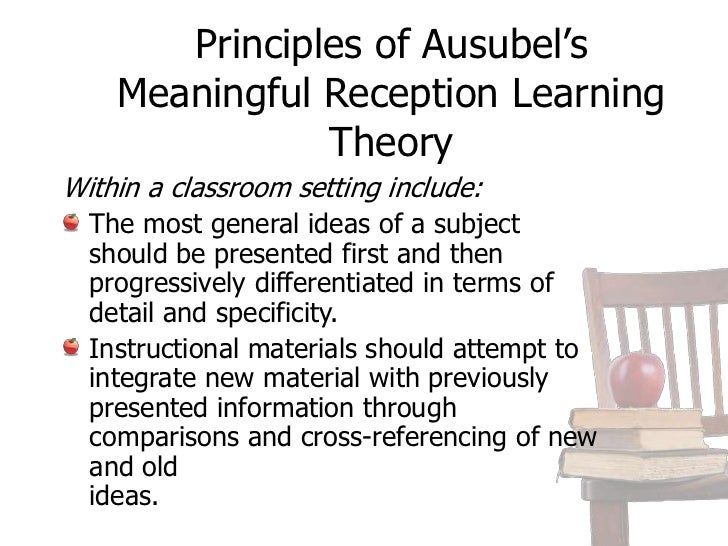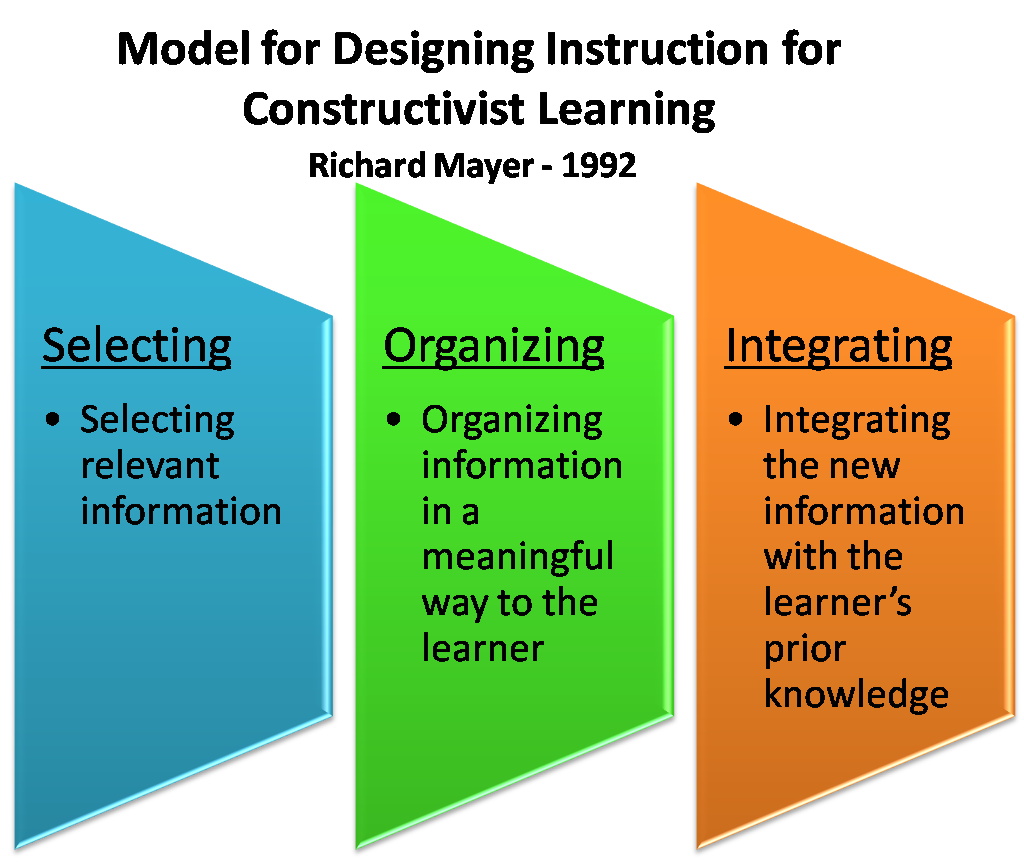Description and significance of this artefact
Description and significance of this artefact
In this assignment, I described my understanding of my developing Theory of Practice for teaching. This reflection paper was based on studying teaching systems, learning theories, and motivational approaches both within MDDE 603, and also based on my studies in the Adult Education program at Brock University.
In these early days in my studies in the program, I was keen to demonstrate my “progress” as a teacher with a learner-centric view of teaching. I had already discovered the downside of using a primarily “behaviorist” approach when teaching technical courses with a great deal of content. I had seen the results in (often) disengaged learners and body language leading me to believe that students were having difficulty converting the information into usable knowledge.
I now looked to be a more responsive teacher using techniques better oriented to the learner’s needs for skills development and understanding, rather than simply being a source of content. This paper provided me with an opportunity to describe where I felt I had moved to in developing both a “teaching philosophy” and a set of practical tools – based on established learning theory – that would guide me forward.
But I also wanted a better understanding of just what my “paradigm of learning” is, and how I can relate better to the learners I seek to help. I looked for guidance in the following paragraph.
“Great teachers think strategically and act with commitment. When we watch teachers we can see, and admire, their grasp of teaching technique. But these teachers have more than skill: they also think and act at a number of levels. Such teachers have a deep understanding of themselves and their students, and of the organizational contexts in which they work. They ‘think on their feet’, and take a long-term view of their work. Their work is underpinned by a passionate commitment to particular values.”
Nesbit, Leach, & Foley, G. (2004, p. 409).
As I now reflect back on that initial enthusiasm for a new approach, with increased knowledge and experience, this seemed like the perfect artefact on which to reflect and see how I view my original description from 2008, and just what changes I would make today to this Theory of Practice to reflect my new context for teaching and my exposure to new ideas.
Evidence of building skills, knowledge, and competence
In order to develop and present my personal Theory of Practice about teaching and learning, I had to synthesize what I learned of the different learning theories and their significance to me (those that I embraced and those that I rejected) into a set of learning principles (1.4, 1.5).
In the course of selecting learning principles, I had to engage in problem identification and determining how I would address those problems (1.1, 1.2).
Each principle had to be supported by one or more theorists, as evidenced by quotes from their work or reviews of their theoretical approach by others (1.7, 1.8).
I then had to relate the learning principles to my teaching context, demonstrating how the learning principle will lead to meaningful learning for the set of learners I will be assisting (1.10, 1.11).
I had to develop instructional strategies based on these principles that would prove practical in the particular situation of my teaching – providing and supporting online learning to small business owners through a series of related workshops (2.2, 2.3).
In addition to the learning theories that supported my learning principles, I had also taken the Teaching Perspectives Inventory (TPI) that reflected that I was favouring the “apprenticeship”, “developmental”, and “nurturing” perspectives towards my teaching practice. Thus the learning principles and strategies proposed needed to be consistent with these emerging perspectives supporting my “constructivist” approach to supporting my target audience (2.1).
I had to support my choice of activities to support the learning principles (e.g., for “Learning Principle 4 – Learners should be provided with flexibility and optionality, where feasible, in assigned activities and approaches to doing the work,” my solution proposed providing alternatives and optionality (2.7). This activity also had some facets of core skill 2.4. “Describe the activities of the instructional design process and the advantages and disadvantages of using them in distance education context.”
On reflection I determined that, although touched on within the activities to develop this artefact, my learnings related to core skill 2.6. “Critically analyze and discuss the common criticisms and controversies relating to the use of traditional and emerging instructional design models in distance education” are better demonstrated in Artefact three – MDDE 604 – Presenting and discussing a Unit of Instruction using Moodle.
As a personal journey of discovery, this artefact did not engage me in any collaborative work but, in reviewing my plans to develop online training courses for business owners, I was looking at “the current and future climate of the distance education and distance learning industry,” and I did “formulate strategies to respond to that climate” (6.1).
In selecting the platform on which my partner and I would be implementing these online courses, I also addressed the following core skill “Make considered recommendations regarding the selection of appropriate learning technologies and assure that these selections meet organizational needs” (6.3). Although this was not addressed in the assignment, it was addressed in our business plan (planned as a Moodle implementation). Since this information was not shared within this artefact, I will revisit it again in artefact three.
Above all, this was an exercise in clear communication of my emergent Theory of Practice together with the instructional strategies that would inform the development of the specific learning objects (4.1). From the positive feedback from the instructor, I feel that this was a very successful activity.
“A Personal Theory of Practice and a plan to apply it” – Introduction
In this paper, I describe how my current view of learning has developed (based on my experiences and exposure to theories thus far). I show the major learning principles that reflect my (constructivist) views and inform my efforts as a teacher. In a separate section, I relate these learning principles to the learning theories that support them.
However, on their own, these learning principles provide only high-level guidance when designing and delivering learning experiences. They need to be associated with a congruent set of learning strategies that reflect how people learn, and provide opportunities for learning for a diverse learner community. Hence each learning principle has an associated set of learning strategies or activities intended to ensure that the learning strategies are implemented appropriately in the associated workshops.

“Paradigm Shift in Education due to ICT”
Suresh G. Isave, Associate Professor, Tilak College of Education, Pune, India.
My view of learning (extract)
To provide context for my view of learning, I reviewed the comments of Brookfield (1990), who described teaching as “…complex, uncertain, and problematic.” (p. 15) and who likened the usefulness of a teacher’s fully developed “critical rationale for practice” to the computerized navigation equipment used by pilots. He describes them both as devices to “…help maintain a sense of stability and direction in the midst of foggy confusion.” (pp. 15 – 16).
I see my theory of practice not only providing me with clarity of purpose when addressing issues that arise during learning encounters, but also being the compass that guides the organization and design that I use in creating learning experiences…
I also considered the words of Plutarch “The mind is not a vessel to be filled but a fire to be kindled.”
My Learning Context (extract)
In the past, I have typically been delivering training courses of between 18 and 21 hours total duration. These have been delivered as three-day workshops, or in three-hour classes over the corresponding number of evenings. Six different, but related, workshops are currently offered in this format. The audience has usually been technical personnel in corporate and government situations. However, my direction has changed, and the learning principles described above have been developed to support a different type of training. In the new scenario, the audience will typically be small business owners, and their staff, seeking new ways to improve how they conduct business and seeking to use more formal business modeling and change management tools to achieve positive results. As a result, I am expecting the learners to be highly motivated and self-regulated (as they are intimately involved in the success of the results of the business changes they create).
Summary from this report
My current view of learning is strongly based on a constructivist approach. With my strong systems-background, the CIP memory model and Schema theory provide an attractive set of supporting theories to complement the overall approach. Applicability to the learner’s context is addressed through attention to Ausubel’s meaningful learning theory. Finally, Mayer has indicated methods for implementing this approach through direct instruction in his SOI model.
This combination of theories and practices guides my planned implementation of a series of distance learning workshops. I expect to revisit this view of learning, and the proposed implementation frequently. My aim is to confirm the appropriateness and quality of the results, while formalizing and refining the methods to achieve those results. Thus I consider this current view of learning as tentative, until I have experience and feedback to guide me as to what adjustments are required. I also plan to review new developments in learning theory and best practices, and use those as additional inputs to the review process.



Comments
Susan Moisey
08 March 2018, 4:55 PM
Paul,
Nicely done! Like you, I have used the TPI to help understand my teaching style, and it has changed over time. I agree that the context of teaching is a significant factor. When I was teaching masters students in MDDE604, my teaching style fell in the nurturing category, but now that I am teaching in the doctoral program, it has changed to the apprenticeship category.
You included more detail than was necessary, but I like having the extra information as it helps me understand your personal and professional growth and development.
Susan
Paul Benson
08 March 2018, 6:01 PM
Thank you Susan for your feedback.
I spent a lot of time on Artefact two, trying to provide the context in which I made such significant discoveries. In revisiting it, I think I can certainly trim this down. Feel free to provide me with guidance in this regard.
Hopefully the remainder of my artefacts are not quite so long-winded.
Happy reading!
All the best, Paul
Lara Ripkens
14 March 2018, 10:16 PM
I remember doing this course and everyone in the forums comparing their TPI results. Yours is certainly unique in that it looks fairly balanced! I recall that most people had a strong leaning towards one or two areas (my own were developmental and nurturing) and discussing how good teachers I have had in my experience often were well balanced to some degree in order to help all learners they encountered who are just as fluid and varying as we are. This tells me, not that I needed the insight based on our past exchanges, that you must be a phenomenal educator.